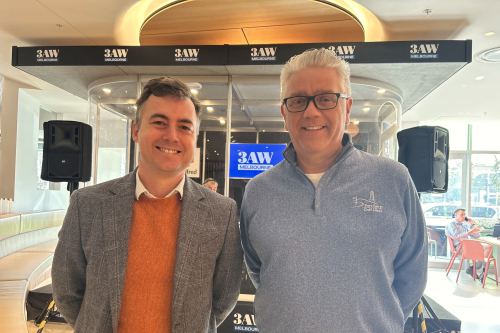Spotlight on stroke

Each year, there are more than 475,000 Australians living with the aftermath of stroke. However, despite this figure, Alfred stroke specialists say there continues to be a lot of public misunderstanding about what a stroke is and why it is so important to recognise its symptoms as soon as possible.
One Alfred clinician who so often dispels these misconceptions is Professor Geoffrey Cloud, Director of Stroke Services. Renowned internationally, he is considered a leading voice in stroke medicine, care and education.
Prof Cloud explains that a stroke takes place when there is an interruption of blood flow to the brain. This leads to a lack of oxygen to brain cells which causes them to die.
“You will often hear health professionals say that there are two main types of strokes: ischaemic strokes and haemorrhagic strokes.
“Ischaemic strokes are caused from a blockage inside the arteries, and to explain it we use the example of a clogged water pipe.
“A haemorrhagic stroke is when burst blood vessels lead to bleeding inside the brain. This is more like a burst water pipe.”
Prof Cloud explains that the symptoms for each are the same: “A person will suddenly become weak on one side of their body, often with a drooped face and slurred speech.”
When this happens, Prof Cloud stresses the importance of immediately recognising these symptoms and calling an ambulance.
“If someone is suffering a stroke, it’s so important you call an ambulance and immediately get them to a hospital,” Prof Cloud says. “This will give them the best possible chance of minimising the damage. Remember – time lost is brain lost.”
Prof Cloud recommends using the F.A.S.T. system to determine whether you or someone around you is having a stroke.



